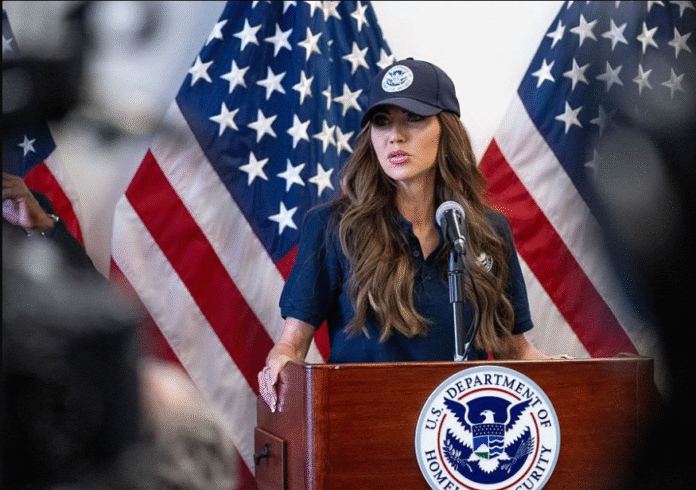The Department of Homeland Security (DHS) has issued new guidance that asks members of Congress to give 72 hours’ advance notice before visiting Immigration and Customs Enforcement (ICE) sites beyond detention centers. The memo, dated June 2025, instructs lawmakers to schedule visits during normal business hours through the Office of Congressional Relations. Although the Further Consolidated Appropriations Act of 2024 explicitly allows unannounced inspections of detention facilities, the new policy treats all other ICE locations as needing a courtesy notice, while keeping the previous 24‑hour rule for congressional staffers.
This shift has stirred strong criticism from Democratic lawmakers who see it as a direct effort to weaken oversight. Rep. Bennie Thompson of Mississippi, the top Democrat on the House Homeland Security Committee, called the guidance “an unlawful policy” and a “smokescreen to deny member visits to ICE offices.” He noted that recent clashes—where lawmakers in New York and Illinois were blocked or even faced arrests during attempts to tour facilities—highlight the stakes of clear and enforceable access.
ICE’s new rules distinguish sharply between long‑term detention centers and other field offices where migrants often wait days for processing. Lawmakers can still drop in at jails holding detainees without notice, but to set foot in any other ICE building, they now must send a request three days ahead. Critics say that requirement undermines a bipartisan tradition of surprise visits dating to Harry Truman’s days in the Senate, when such checks helped expose wartime contractor abuses.
This comes amid broader changes to interior immigration enforcement under the Trump administration’s orders. Early this year, 500 additional Customs and Border Protection officers were reassigned to ICE duties, and previous limits on enforcement near schools and hospitals were rolled back. Meanwhile, ICE holds around 49,000 people in detention—more than the 47,000 beds Congress approved funding for—while reports surface that leaders have pushed for as many as 3,000 arrests a day.
The U.S. immigration system splits facilities by function and agency. ICE runs long‑term jails for people facing deportation hearings or suspected of violations. Customs and Border Protection manages short‑term holding centers along the border. Unaccompanied minors go to safe shelters run by the Department of Health and Human Services. Most ICE jails today are run by private companies, which must meet national detention standards. But DHS audits from 2020 to 2023 found ongoing problems, such as moldy restrooms, expired food, and limited medical care. Detainee advocates argue that profit motives drive down costs at the expense of basic human needs.
In recent months, several members of Congress have been arrested or threatened with charges during oversight attempts. In Newark, Rep. LaMonica McIver faced three felony counts after a visit to a federal immigration center—charges tied to resisting officers, though details remain disputed. In Los Angeles, Rep. Norma Torres and colleagues reported breathing issues after riot control agents used chemical sprays. In New York, City Comptroller Brad Lander was briefly detained while escorting a visitor out of an immigration courtroom.
Oversight experts warn these clashes risk eroding the checks and balances that keep any branch of government honest. Jim Townsend, director of the Carl Levin Center for Oversight and Democracy, called the new notice rule “a direct assault on our system of checks and balances.” He stressed that surprise visits have long been a key tool to see conditions unfiltered by advance notice.
ICE maintains it must secure all facilities equally to ensure safety—for detainees, staff, and visitors. The agency insists the 72‑hour guideline is just that, not a requirement, and that it continues to welcome congressional visits. Yet many lawmakers see it as a hard barrier that will delay or deter essential inspections.
Analysis
It’s clear that DHS’s new 72‑hour request represents more than a scheduling change—it signals a shift in how easily lawmakers can shine light on ICE’s work. Surprise visits have historically uncovered problems that routine tours might miss. By asking for notice, DHS may inadvertently—or deliberately—soften accountability. Lawmakers and the public deserve real‑time insight into detention conditions. If these guidelines stick, the balance between security and transparency could tilt too far toward secrecy, weakening the oversight that underpins public trust.

